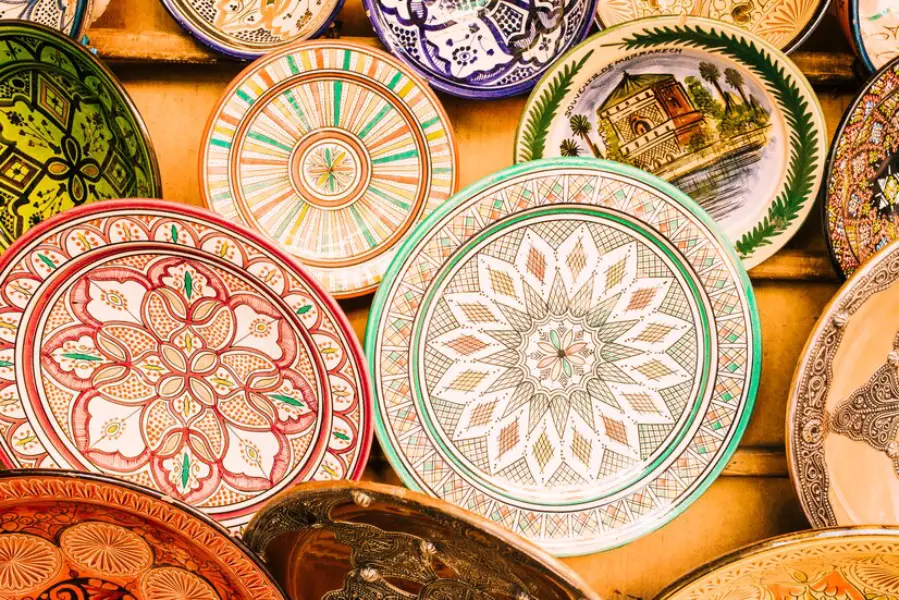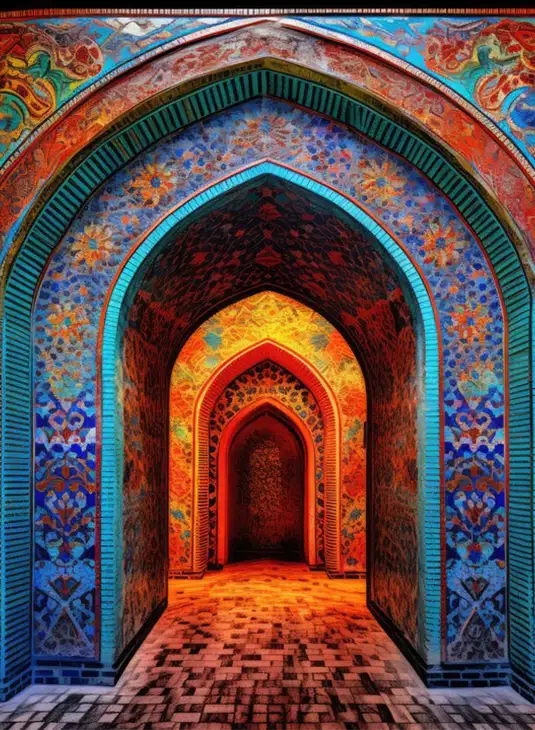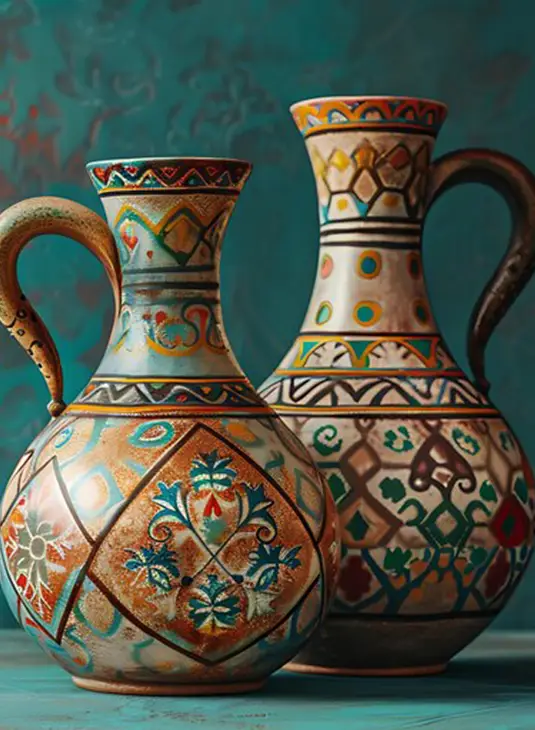Persian Culture & Heritage
Home » Persian Culture & Heritage

- Persian Culture & Heritage
Exploring the Rich Tapestry of Persian Culture & Heritage
Persian culture and heritage stand as a testament to one of the world’s oldest and most influential civilizations. Spanning over 2,500 years, the cultural legacy of Persia (modern-day Iran) is a vibrant mosaic of art, tradition, and history that continues to enchant the world. This blog explores the essence of Persian culture and heritage, shedding light on the key elements that make it so unique.
The Foundations of Persian Culture & Heritage
The roots of Persian culture can be traced back to the Achaemenid Empire, established by Cyrus the Great in the 6th century BCE. This empire was a melting pot of cultures, where art, science, and philosophy flourished, laying the groundwork for Persian culture as we know it today.
The Influence of Ancient Persia
Ancient Persia was a cradle of innovation and cultural exchange. The Persians were renowned for their advancements in architecture, with iconic structures like Persepolis symbolizing their grandeur. The cultural achievements of this era laid the foundation for many aspects of Persian culture that have endured for centuries.
Persian Language and Literature
The Persian language, known as Farsi, is central to Persian culture. It has given the world some of the most profound poetry and literature. The works of legendary poets like Hafez, Rumi, and Ferdowsi are not only literary treasures but also a reflection of Persian thought, philosophy, and worldview.

Persian Art and Architecture: A Visual Feast
Art and architecture are integral to Persian heritage, offering a glimpse into the aesthetic values of Persian society.
The Grandeur of Persian Architecture
Persian architecture is celebrated for its intricate designs, expansive gardens, and stunning mosaics. The use of symmetry, geometric patterns, and vibrant colors in Persian buildings like mosques and palaces reflects the Persian appreciation for beauty and harmony. The concept of the Persian garden, often referred to as “Paradise,” symbolizes the connection between nature and the divine.
The Evolution of Persian Art
Persian art has evolved through various periods, each contributing to the rich tapestry of its cultural heritage. From the detailed miniatures of the Islamic Golden Age to the intricate patterns of Persian carpets, Persian art is not just decorative but deeply symbolic, carrying the essence of Persian culture and beliefs.

Persian Festivals and Traditions: Celebrating Heritage
Festivals and traditions play a crucial role in preserving Persian culture, providing insight into the customs and values passed down through generations.
Nowruz: The Persian New Year
Nowruz, celebrated as the Persian New Year, holds significant importance in Persian culture. Celebrated on the first day of spring, Nowruz symbolizes renewal and rebirth. The customs associated with Nowruz, such as the setting of the Haft-Seen table and family gatherings, reflect the values of harmony, gratitude, and a connection with nature.
The Art of Persian Cuisine
Persian cuisine is another vital aspect of its cultural heritage, known for its rich flavors and diverse ingredients. Persian dishes like kebabs, stews, and rice-based specialties are not only culinary delights but also a reflection of the region’s geography and history. The use of saffron, pomegranates, and herbs in Persian cooking adds a distinctive flavor, making Persian cuisine an integral part of cultural celebrations.
Conclusion
Persian culture and heritage offer a window into a civilization that has shaped the world in countless ways. From its ancient origins to its enduring traditions, Persian culture is a treasure trove of knowledge, beauty, and wisdom. By exploring and appreciating Persian culture, we can better understand the timeless legacy of one of the world’s most influential civilizations.
Frequently Asked Questions (FAQs) About Persian Culture & Heritage
1. What is Persian culture known for?
Persian culture is known for its rich history, art, literature, music, and traditional festivals like Nowruz.
2. What are some key aspects of Persian heritage?
Key aspects include ancient traditions, Persian cuisine, historical landmarks, and traditional crafts such as rugs and ceramics.
3. What is Nowruz and how is it celebrated?
Nowruz is the Persian New Year, celebrated with family gatherings, special meals, and various cultural traditions marking the arrival of spring.
4. What is Persian calligraphy?
Persian calligraphy is the art of beautiful writing, using intricate scripts and styles to create decorative text often found in manuscripts and artwork.
5. How has Persian history influenced modern Iran?
Persian history has shaped Iran’s language, art, architecture, and social customs, contributing to its cultural identity.
6. Can I order custom Persian art or handicrafts?What role does Persian literature play in its culture?
Persian literature, including works by poets like Rumi and Hafez, plays a central role in expressing cultural values and philosophical ideas.
7. What are traditional Persian arts and crafts?
Traditional Persian arts and crafts include rug weaving, pottery, enamel work, and intricate metal designs.
8. How does Persian music reflect its culture?
Persian music reflects the culture through its unique instruments, melodies, and rhythms, often used in traditional ceremonies and celebrations.
9. Are there traditional Persian festivals?
Yes, traditional Persian festivals include Nowruz (New Year), Yalda Night (Winter Solstice), and various local cultural celebrations.
10. What is the significance of Persian cuisine?
Persian cuisine is significant for its use of fresh ingredients, unique spices, and dishes like kebabs and stews that represent cultural traditions and hospitality.